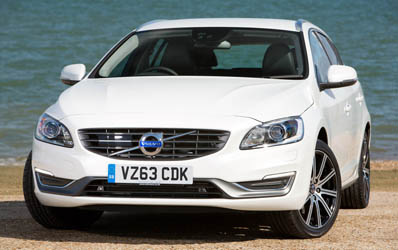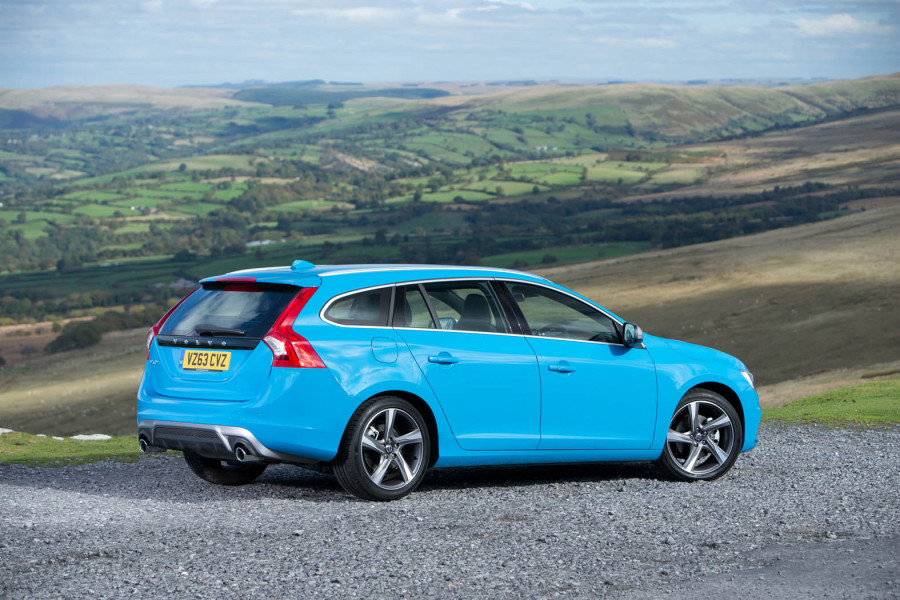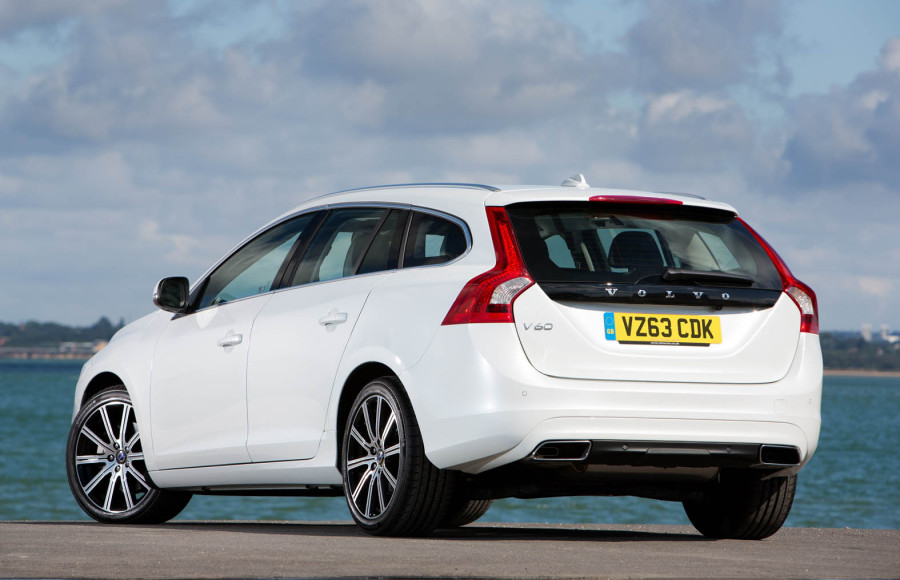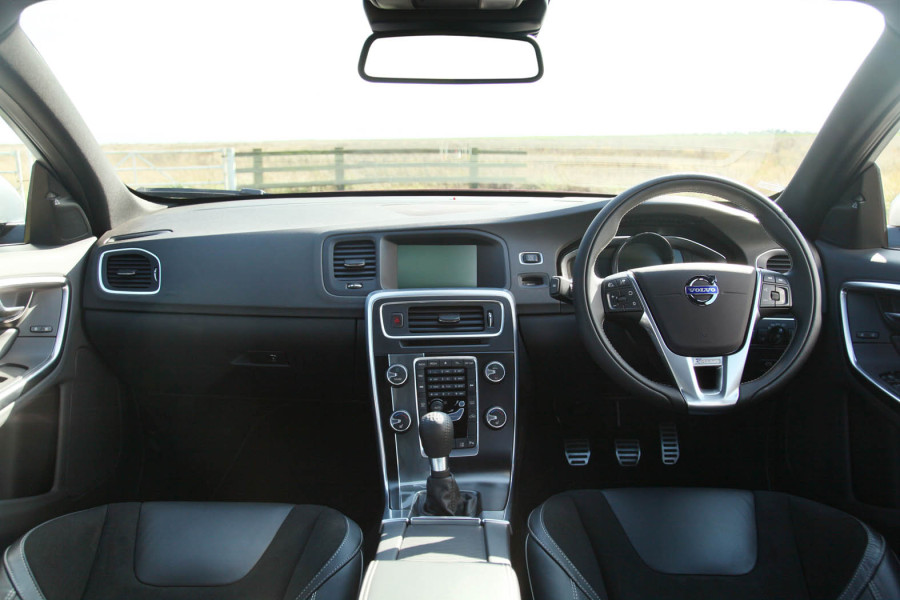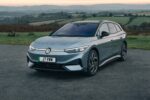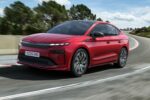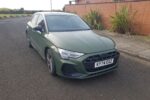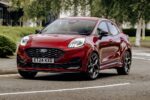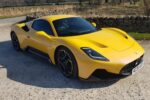Featured · First Drive · News · Volvo
Volvo’s drive to a new dimension
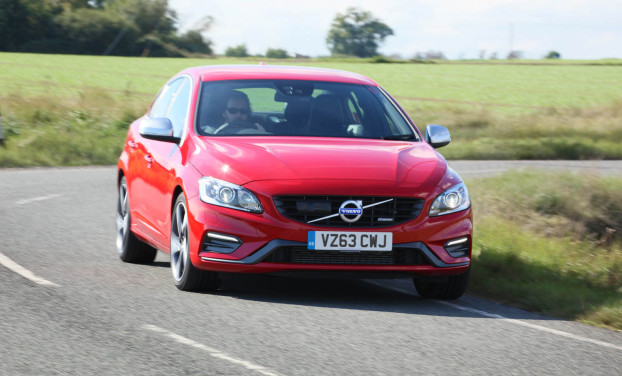
- FIRST DRIVE VOLVO V60, Drive-E (2014)
WRITING about engines certainly isn’t the sexy side of motoring journalism – but sometimes you have to make an exception.
The new Drive-E powertrain family from Volvo is a case in point. It is likely to prove a game-changer not just for the Swedish car company, but for the automotive world in general.
And if predictions from the top brass prove accurate it will also turn big blocks like the V8s into dinosaurs.
This new engine programme hasn’t happened overnight. In fact the now Chinese-owned brand was still under the stewardship of Ford when the wheels were set in motion back in 2008.
But the first phase has now been rolled out in the shape of the D4, and while the D in the name means diesel it could equally stand for dynamite. That’s how good this unit is.
The 2.0-litre four-cylinder engine develops a hefty 181bhp and is available in six Volvo models – the S60, V60, front-wheel drive derivatives of the XC60 and XC70, the V70 estate and S80 luxury saloon.
And in the case of the S60 compact saloon and V60 sports wagon it represents a seriously strong proposition to company car drivers in particular with its 99g/kms of CO2 emissions and official 74.3mpg economy.
Other, similar, units will be introduced over the next couple of years, all under the umbrella of Drive-E, and all aimed at taking efficient driving pleasure to a new dimension.
The line-up is simple, just two four-cylinder engines – one a common rail diesel, the other a direct injection petrol, the diesels ranging from 120 to 230bhp and the petrol units from 140bhp to 300bhp+.
There’s a huge size and weight reduction from all and as Volvo vice-president for powertrain engineering Derek Crabb points out: “The power you get from an engine has nothing to do with its size; it’s about the amount of air you can get to flow through it.
“You can also make an engine more efficient if you make it smaller. So if you can get more air through a smaller engine, you can still get the same power but at better efficiency.”
Leading the way is the D4, fitted with a six-speed manual transmission as standard and also available with a new eight-speed automatic gearbox.
While many car manufacturers offer super frugal, low emissions, models they don’t tend to be the most enjoyable variants to drive, often feeling coarse and a bit laboured.
Firing up the engine in the V60 estate and heading out on a test drive through the picturesque but rugged Peak District quickly allayed any concern that the D4 would prove an anti-climax.
Sweet, energetic and at no point over-burdened on the steeply undulating roads, the car is quite simply a sensation.
Switching to the S60 proved just as rewarding, though the automatic transmission raises emissions slightly to 109g/km and reduces the official fuel figure to 67.3mpg.
With manual gearbox the S60 can scorch to 62mph in 6.9 seconds and on to a top speed of 143mph.
I couldn’t hit the Combined consumption mark, returning a figure in the mid-50s, but given the nature of the roads that’s a half decent return.
Six trim grades are up for grabs with D4 prices from £23,195 for the Business Edition rising to £33,395 for the sporty R-Design Lux Nav.
Move to the larger V70 full blown estate and S80 saloon and there’s no let-up in the feel of power and surge of performance from the D4 unit.
The scene is certainly looking bright for Volvo as the brand progressively introduces more new technologies and expects to increase overall sales this year by 10 per cent.
And when the all-new XC90 arrives next winter the big 4×4 will not only be prepared for electrification but also include features like Pedestrian Detection in Darkness and Adaptive Cruise Control with Steer Assist, which helps the driver stay in the right lane and follow the rhythm of the traffic by automatically following the vehicle ahead.

